Kitchen Organization Tips for Businesses and Home
Great ideas to help you organize your kitchen to be more effecient
Other articles you might like:
Whether you run a small home-based food business, manage a bustling corner bakery, operate a catering kitchen, or own a 100-seat restaurant, efficient kitchen organization is key to success. With so much of your investment tied to equipment, it’s essential to maximize its potential. Here are simple and practical kitchen organization ideas to help you save space, streamline your workflow, and make your kitchen run smoothly—no matter its size.
Map it out

The first step to kitchen organization and efficiency is to eliminate unnecessary steps. Sketch out your kitchen layout on paper and plan your workflow. Whether you’re working out of your home or managing a commercial setup, organizing your kitchen to flow logically is critical.
Think about the stages of your work: storage, prep, cooking or baking, and packing or serving. Arrange your kitchen so that each step leads seamlessly to the next. Even in smaller spaces, a thoughtful layout will keep everything moving smoothly.
Create separate workstations
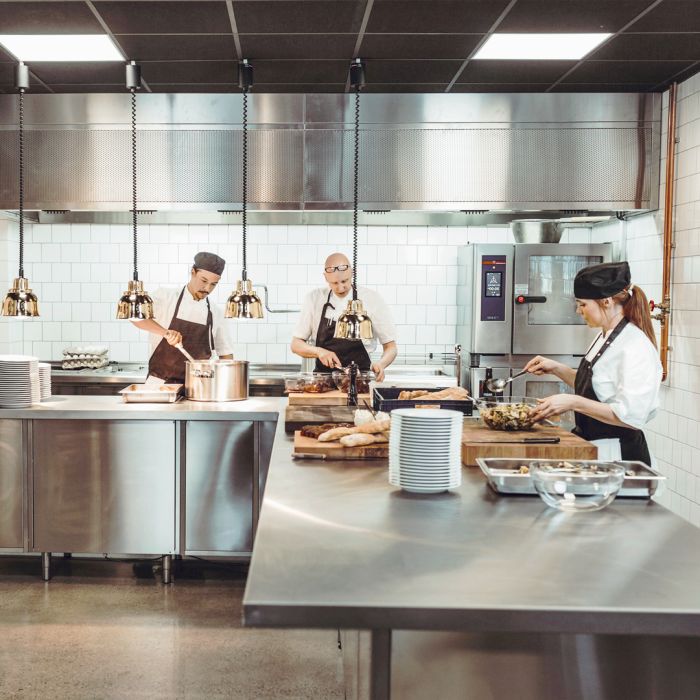
Designating specific work areas for different tasks improves organization and prevents chaos.
Baking/Prep Area: Dedicate space for rolling dough, mixing ingredients, or chopping vegetables. Store essentials like spices, flour, and sugar on labeled wall-mounted shelves. A magnetic knife strip and stackable mixing bowls can help save space.
Cooking/Grilling Zone: Keep stoves, ovens, and grills in one area, along with hanging pots, pans, and utensils for easy access. Regularly clean grease-prone areas to prevent buildup and costly repairs.
Refrigeration: Position refrigerators and freezers away from heat sources. Organize products with visible labels and expiration dates, placing older items at the front for first use.
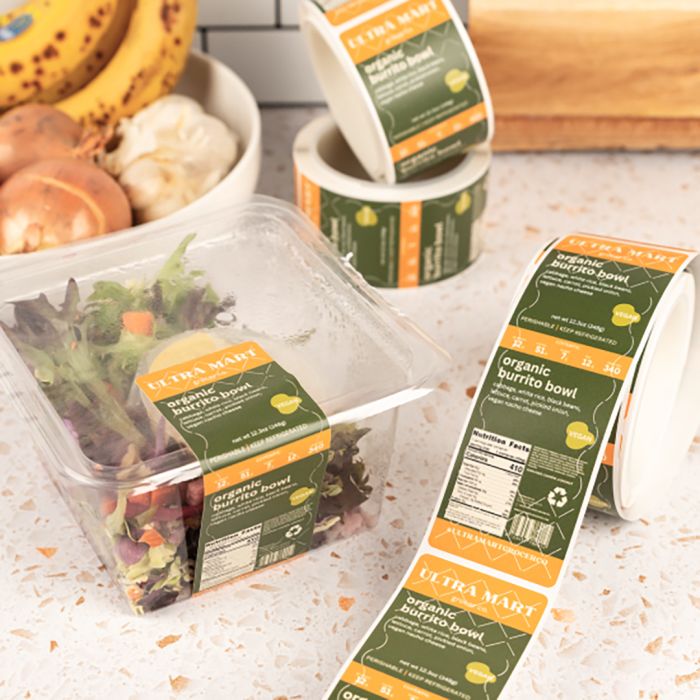
Packing & Retail: Dedicate a clean, dry area for packing to-go orders or retail items. Store product labels and tamperproof labels in their original packaging until use, and keep them away from heat and moisture.
If space is tight, get creative. Use rolling racks or folding tables that can be stored when not in use for better kitchen organization. Or, repurpose workstations throughout the day—such as using your baking station in the morning and converting it for another task later.
Maximize storage
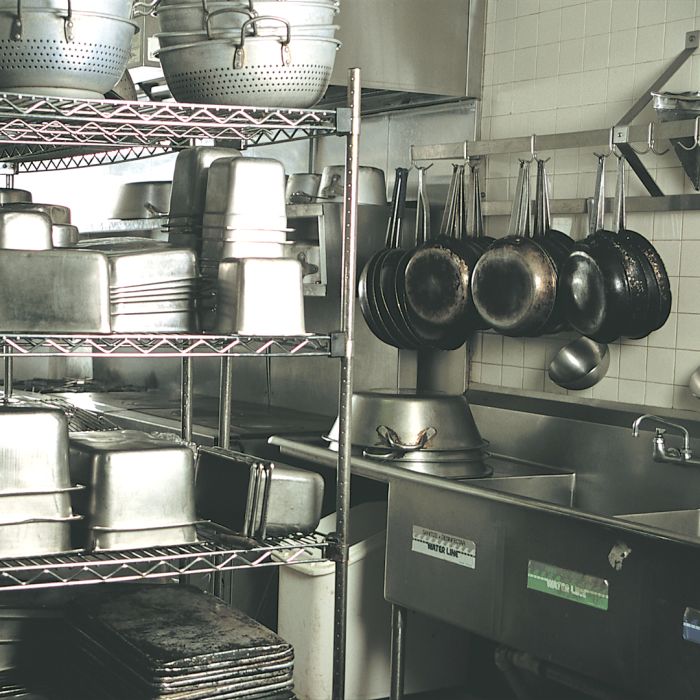
Smart storage solutions can help even the smallest kitchens feel spacious. Group similar items together, such as fresh produce, canned goods, or dry ingredients. Can racks are a cost-effective way to avoid stacked items toppling over.
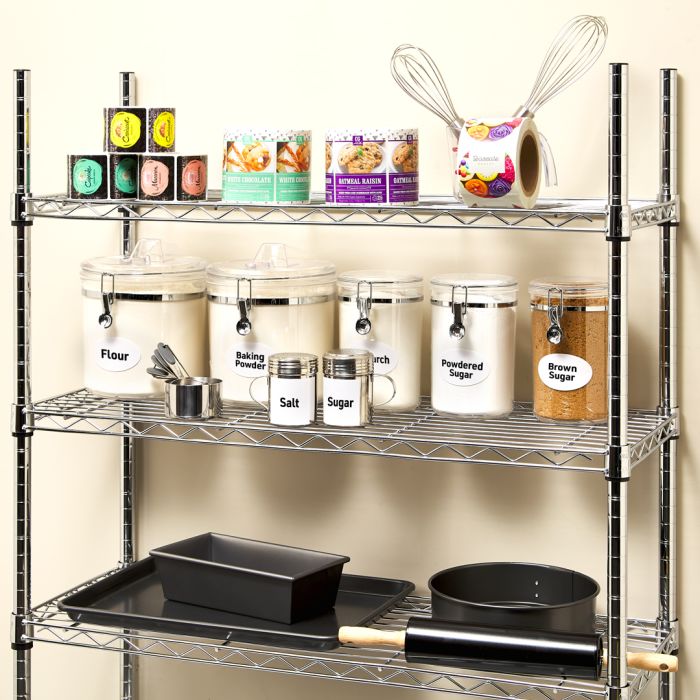
Use wall-mounted shelves to store tools, dry goods, or containers. Add S-hooks for hanging utensils, pots, and pans.
Invest in open shelving or stainless-steel racks for visibility and accessibility. These are easy to clean and move if needed. For larger items like stand mixers or portable fryers, consider under-counter shelving or compact corner tables.
Protect and label everything
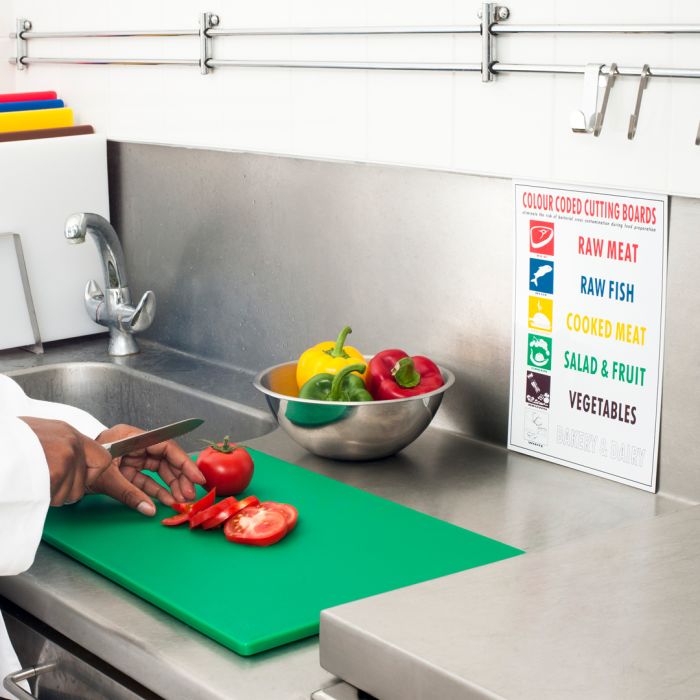
Proper labeling isn’t just about organization—it’s about safety, efficiency, and professionalism.
Use Avery waterproof labels for bulk ingredients in secondary containers, like flour or sugar. These labels resist water and oil, keeping them legible in busy kitchens. For seasonal or frequently changing items, removable labels are perfect for flexibility.
Always include important details, like production dates or allergen information, on your labels. If you cater or transport equipment offsite, label your tools and containers with contact information to ensure they’re returned.
Prioritize cleaning
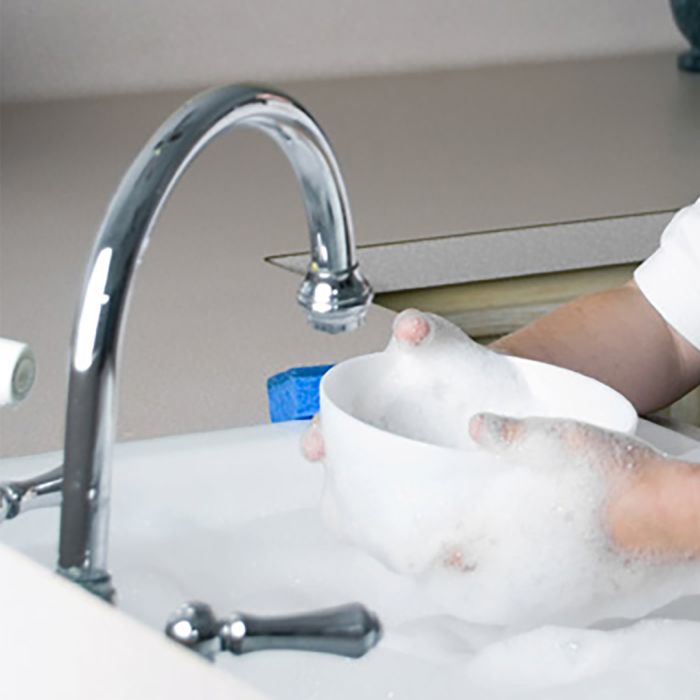
A clean kitchen is an efficient kitchen. Create distinct areas for washing, drying, and storing dishes. Use wall-mounted shelves for dish soaps, sponges, and cleaning supplies to keep them accessible but out of the way.
Store mops, buckets, and cleaning tools in a separate space away from food prep areas. Regular maintenance of grease-heavy areas, like stoves and fryers, is crucial to avoid ventilation issues.
Use safety signs
Safety is paramount in any kitchen. Use clear, visible signage to protect both employees and customers:
- Label allergen-containing items and provide warnings for swinging doors or hot surfaces.
- Remind employees to wash their hands or turn off equipment when not in use.
Avery Surface Safe® Signs are an excellent choice for kitchens. They can adhere to painted walls, stainless steel, or glass and remove cleanly without damage. Customize your own signs or use pre-designed templates to meet your needs.
Organize for success
Whether you’re managing a restaurant or cooking out of your home, organization is key to running an efficient kitchen. Invest in simple tools like pegboards, shelving, and durable labels to keep everything in its place. A little effort in planning and upkeep will save you time, reduce stress, and let you focus on what matters most: creating amazing food.
Need help finding the right labels for your kitchen? Call us at (800) 942-8379 or visit Avery.com.